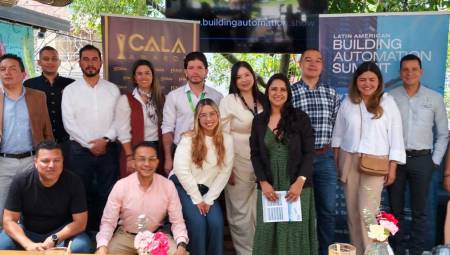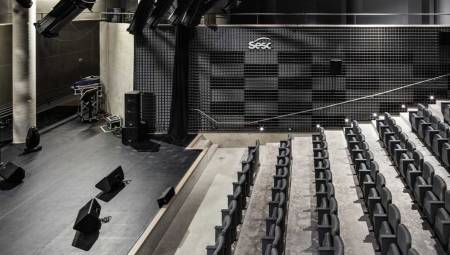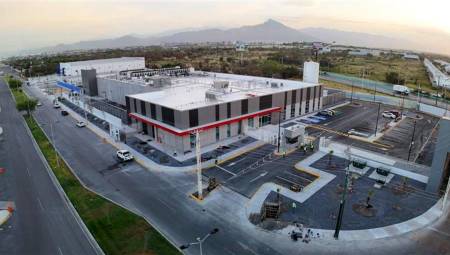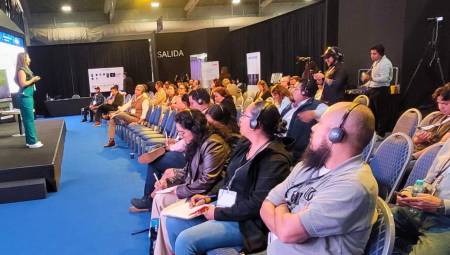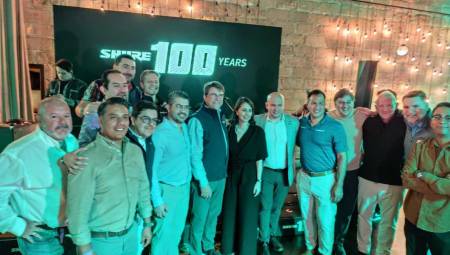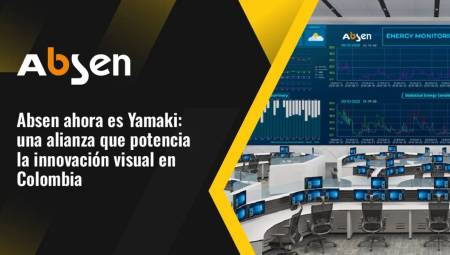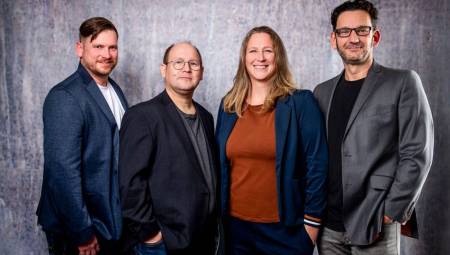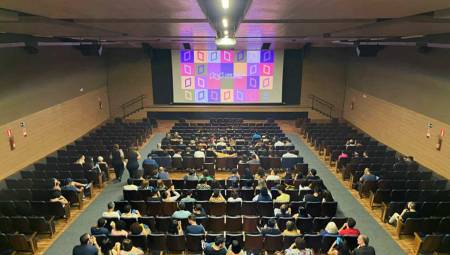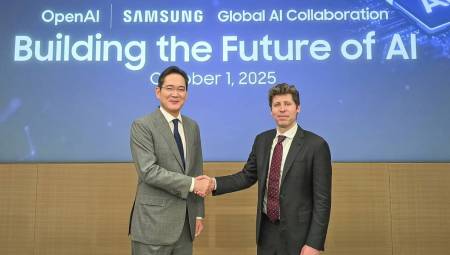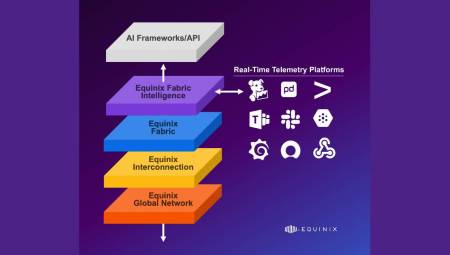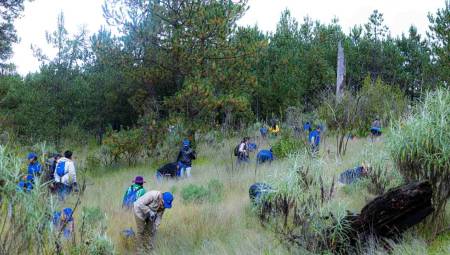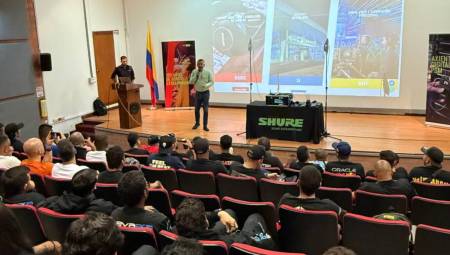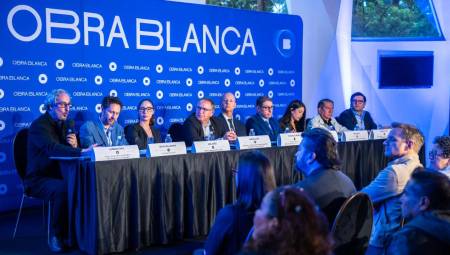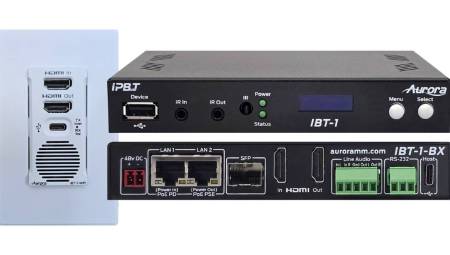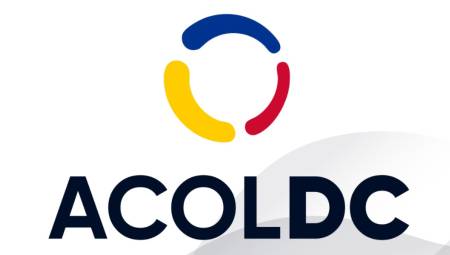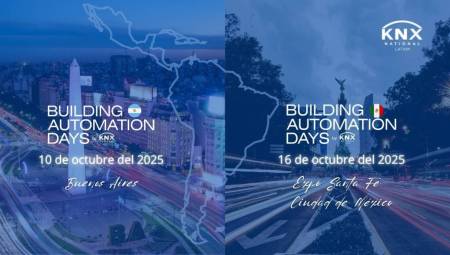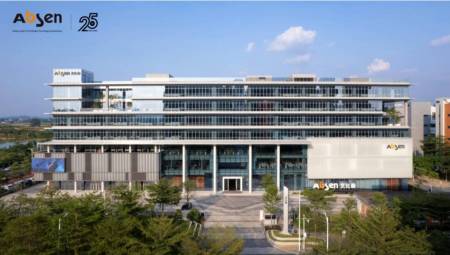Mexico. The Mexican Association of Data Centers, MEXDC, held its 2025 General Assembly bringing together business leaders, public sector representatives, associates and friends to report and celebrate the progress made during the 2025 administration and outline the strategy for the coming year.
During the meeting, Amet Novillo, president of MEXDC, highlighted the importance of the Data Center industry in Mexico as a strategic axis for the country's economic growth and development. He stressed that the technology sector is at a historic moment since 2026 will be a key year, marked by the World Cup, which will attract millions of visitors and put Mexico in the center of global attention.
"The World Cup is not only a sporting event; it is a platform to showcase our technological capacity. From connectivity solutions and smart platforms to immersive experiences for fans, Mexican technology must be the protagonist," said Amet Novillo.
During the last 12 months, the MEXDC, at the public level, the MEXDC had meetings with the Ministry of Economy (SE), the Economic Affairs Commission of the Embassy of the United States, the National Commission for the Efficient Use of Energy (CONUEE), the Ministry of Economy of the State of Mexico, the Ministry of Economy of the State of Hidalgo, the Ministry of Economy of the state of Sonora, the Ministry of Education of the state of Querétaro and the representatives of the Authority for the Attraction of Investments and Promotion of Exports of Panama (PROPANAMA).
Likewise, it organized strategic events for the Data Center Industry to strengthen the networking of associates and bring the trends and concerns of associates closer to them, highlighting the Second Anniversary of the MEXDC, the Second Golf Tournament, the Creation of the Linkage and Innovation Subcommissions of the Energy Commission, the launch of the Connectivity Commission, the 2025 Talent Forum and the signing of the agreement with AMERIC.
Also, the work focused on updating the Data Center Market Study 2025 – 2030, highlighting that the industry will need an additional 1,516 MW of energy by 2030; a direct investment of $18 billion 142 million USD is also expected, as well as a projection of indirect investment of $54 billion 426 million USD. Regarding employment, the document stresses that it is estimated that the Data Center industry will generate 20,758 direct jobs, and another 75,812 indirect jobs through the ecosystem of business partners.
As a result of the different conversations related to the water consumption of Data Centers, the MEXDC generated a study on the use of water which underlines that with the new cooling technologies Data Centers do not require water in direct production processes, the water footprint of this industry in Mexico is related to the type of technology used in the cooling systems. as is the case in the automotive or food industries, where water is a critical input. In Mexico, 98% of Data Centers generate an average water footprint of 3,277 liters of water per MW per month (1 kg of pork generates a water footprint of 5,900 liters, 1 kg of beef 16,000 liters, 1 television 136,000 liters).
Regarding talent, Adriana Rivera, executive director of MEXDC, advanced some findings of the Profile Study demanded by the Data Center industry in Mexico. Companies require 38% Electrical and Mechanical Engineers; 34% Electrical and mechanical technician operatives; 24% Operation and Maintenance Technicians; 2% Project Managers; 14% Telecommunications Specialists; 14% Software specialists.
"We must not forget that a Data Center is like any other company. It requires professionals in finance, accounting, sales, legal, senior management, technicians, among others. It is important to develop the talent that the Data Center Industry requires today and also in the future. MEXDC is working to achieve this," explained the executive director.
The MEXDC also highlighted the signing of a direct collaboration agreement with the academic sector in Querétaro to share the technological trends of the industry, promotion of digital entrepreneurship and technological innovation, and the improvement of infrastructure and access to Data Center networks. The institutions were: Autonomous University of Querétaro (UAQ), Polytechnic University of Querétaro (UPQ), Aeronautical University in Querétaro (UNAQ), Technological University of Querétaro (UTEQ), Polytechnic University of Santa Rosa Jáuregui (UPSRJ), Technological University of San Juan del Río, Technological University of Corregidora (UTC), and National Technological University of Mexico, Querétaro campus.
On the other hand, the MEXDC emphasized the Technological Trends for 2026 of the Data Center industry, which are clear and forceful:
- Generative AI will move from experimental to business standard, driving automation, personalization, and efficiency.
- Adaptive cybersecurity will be indispensable in the face of growing threats, with systems that learn and react in real time.
- Hybrid and multicloud will consolidate as the dominant model, guaranteeing flexibility and resilience.
Intelligent automation will cover all areas, from operations to marketing and human resources.
Edge Computing and IoT will allow real-time data to be processed, empowering industries such as health, transportation, and manufacturing.
- These trends pave the way for Mexico to compete in the global digital economy. Our responsibility as MEXDC is to be the voice of the Data Center Industry that promotes public policies that recognize the industry as a strategic axis of economic growth. We need the government to see in our industry not only innovation, but development, growth and a generator of quality jobs and social welfare.
The 2025 General Assembly of the MEXDC was decorated with the attendance of public servants Arnulfo Valdivia Machuca, Coordinator of International Affairs of the State of Mexico, Arturo Guerrero, Director of Business Development SEDESU of the State of Querétaro and Carlos Henkel, Secretary of Economic Development of the State of Hidalgo, who in their speech thanked and congratulated the great work of the Association, they also highlighted the benefits of each region for attracting investment in the technology sector.




